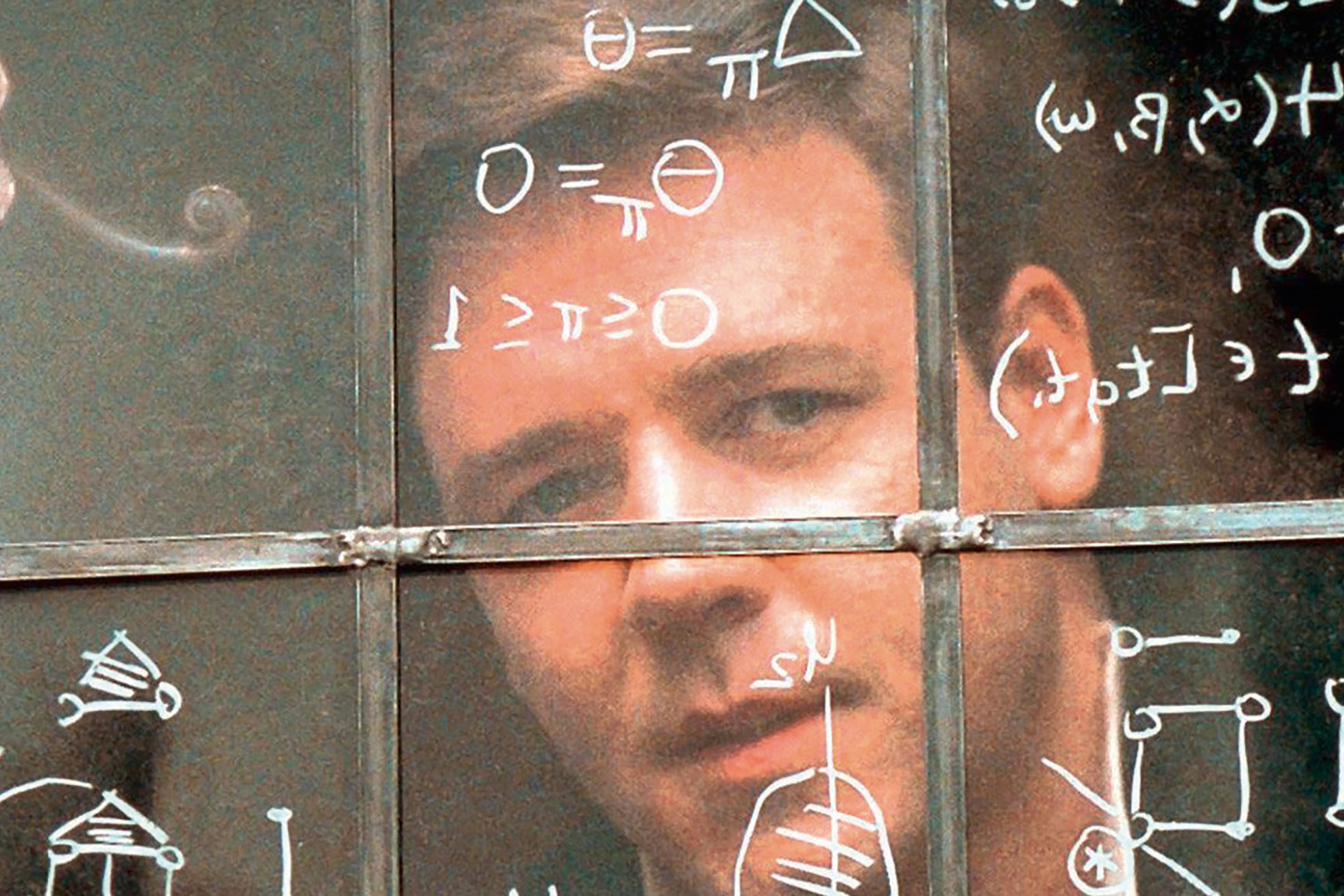The Trap
Warning: This post is a rather thick philosophical “steak”. If you don’t have much of an appetite, you can save it for later. If you do, take your time and enjoy.
Who is it that is aware that I am thinking?

Let’s start with a demonstration: While you’re reading, can you hear what you’re thinking? Catch yourself thinking. Is it What’s he talking about?, Where’s he going with this? or something else? Go ahead…
Did it? Good! Now, who did that? Who was it that just became aware that you are thinking? You? The same you that was thinking while you were reading?
Before we answer this, notice these two distinct ways of thinking: you can think without noticing you’re thinking, and you can think, aware that you are thinking.
Thinking without noticing you’re thinking is a curse.
Einstein thought that doing the same thing over and over again and expecting different results is the definition of insanity. When life isn’t as good as we want, thinking without being aware of thinking is a curse.
It’s a curse because you’re trapped in the process of thought that creates your reality and trapped in the reality that reinforces your thoughts — round and round in a vicious circle that produces and predicts the same results over and over.
In order to create new thinking, we want to break free from the thinking trap that produces undesired results. Here’s how:
Awareness thinking is to become aware
of the thought processes that go on in your mind.
In awareness thinking, there’s your thoughts and then there’s something else that notices your thoughts. That something else is… YOU! You break free from the trap because you become aware that you are NOT your thinking.
You see that your thoughts — like your hand — are not you. If your hand is cut off and dies, you do not die with it (unless you don’t treat it). This realization releases us from the domination of thought, enabling us to create new thinking.
As Stephen Covey, author of The Seven Habits of Highly Effective People, said:
The way you see the problem is the problem.
The way we see the problem is thinking without being aware that we’re thinking. But to look at the way we see the problem gives us awareness of our thinking and that it is governed by a set of principles that lead to a set of outcomes.
Becoming aware of the thought process and it’s principles gives you the opportunity to create new principles, thus leading to new outcomes.
A real example: Nobel Prize-winning mathematician, John Nash, on whom the book and film “A Beautiful Mind” are based, was diagnosed with paranoid schizophrenia.
(BTW, “schizophrenia”, from the Greek, literally means “a splitting of the mind” — befitting, seeing we’re talking about two split ways of thinking.)
Awareness of thinking
frees you from the trap of thinking.
After years of treatment, Nash chose to stop taking medication and decided to reject his delusional thinking habits. As a result, Nash willingly “thought” himself out of this disorder:
“I began to intellectually reject some of the delusionally influenced lines of thinking which had been characteristic of my orientation. This began with the rejection of politically-oriented thinking as essentially a hopeless waste of intellectual effort. So at the present time I seem to be thinking rationally again.” John F. Nash, Jr. – Autobiography
Awareness of his delusional thinking freed him from it. Aware of his thinking, Nash was able to see its effects (a waste of intellectual effort). This became the new governing principle for the thought process that rejected the delusional thoughts.
If there’s a lesson here, it might be: When suffering, trapped in my thoughts about reality, ask the question: Where is the who that is aware that I am not my thinking?
Love to hear your comments!!


